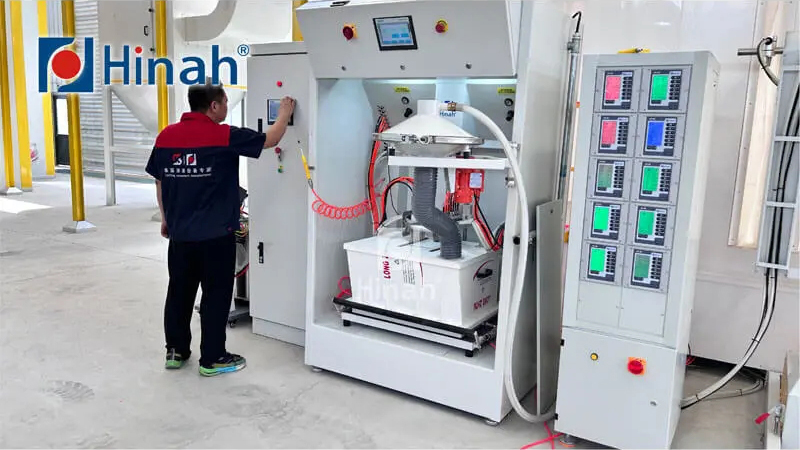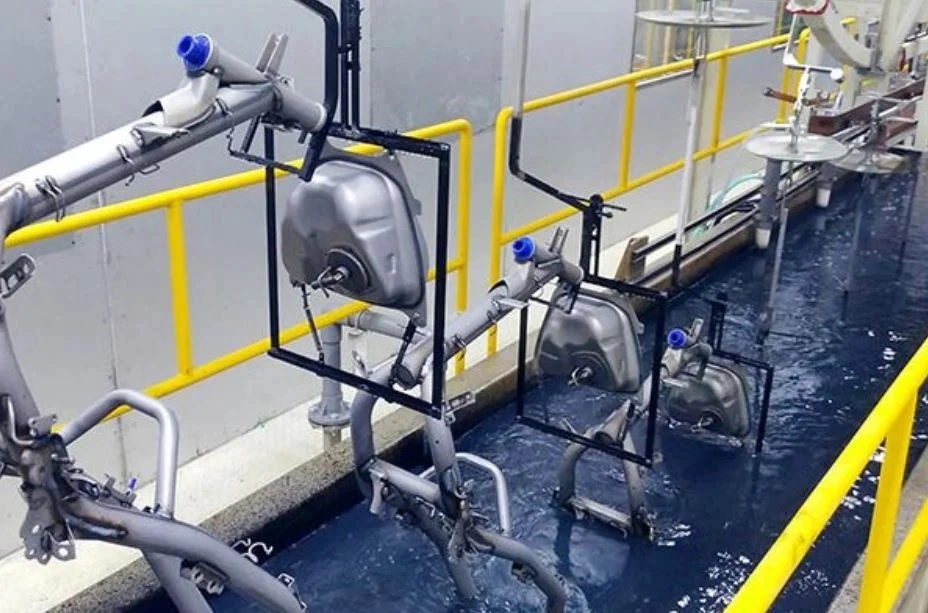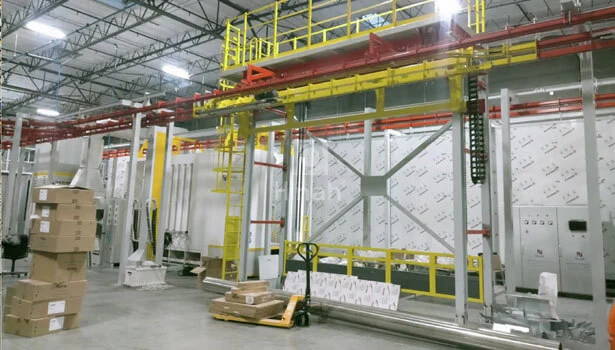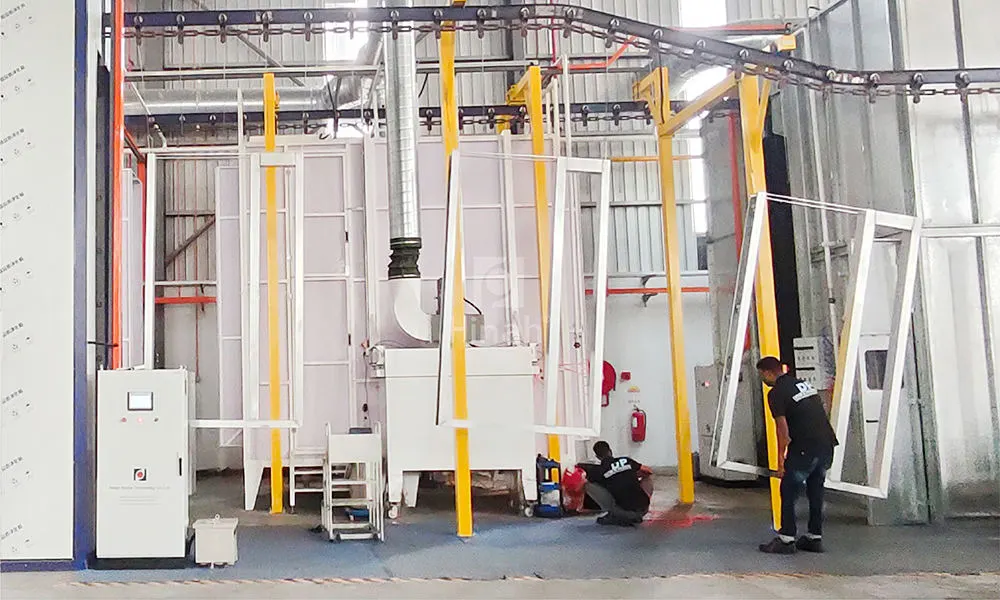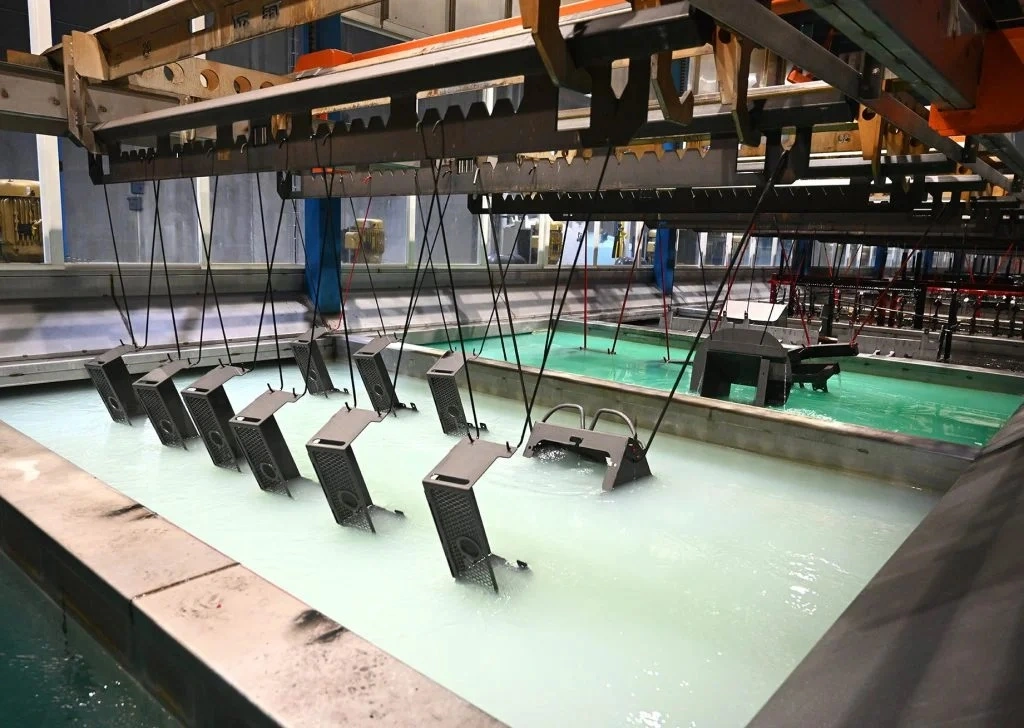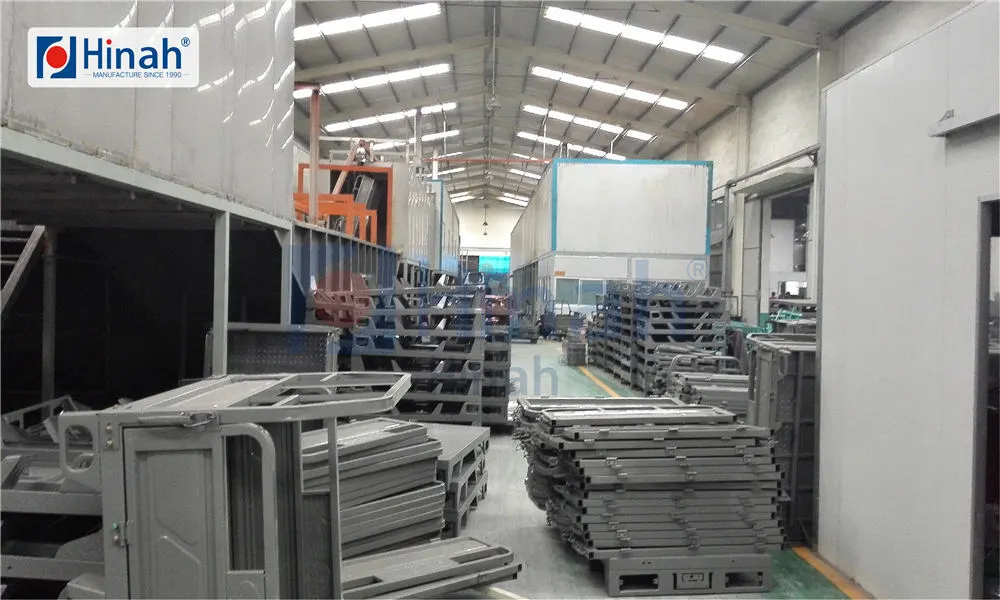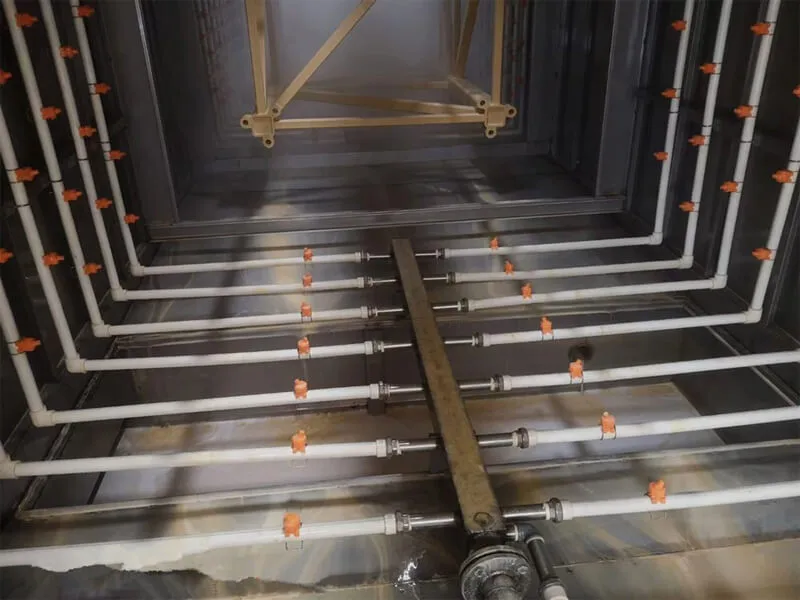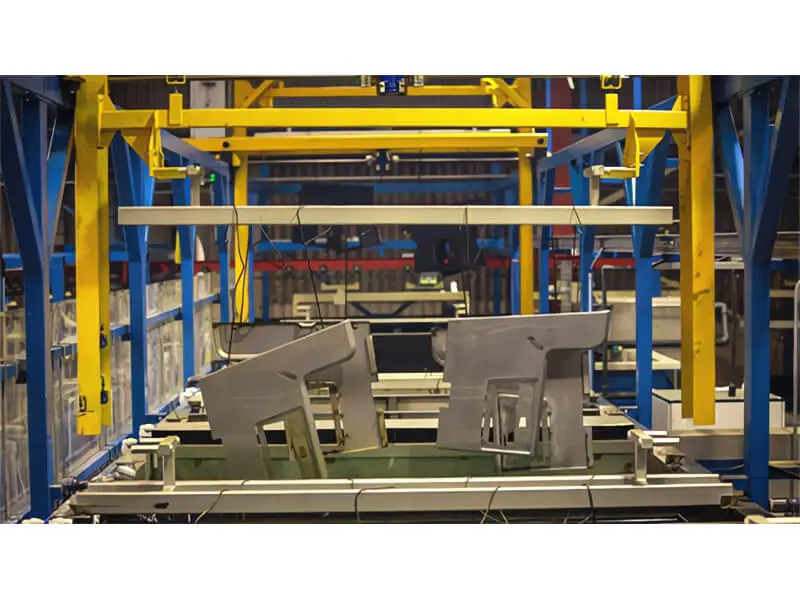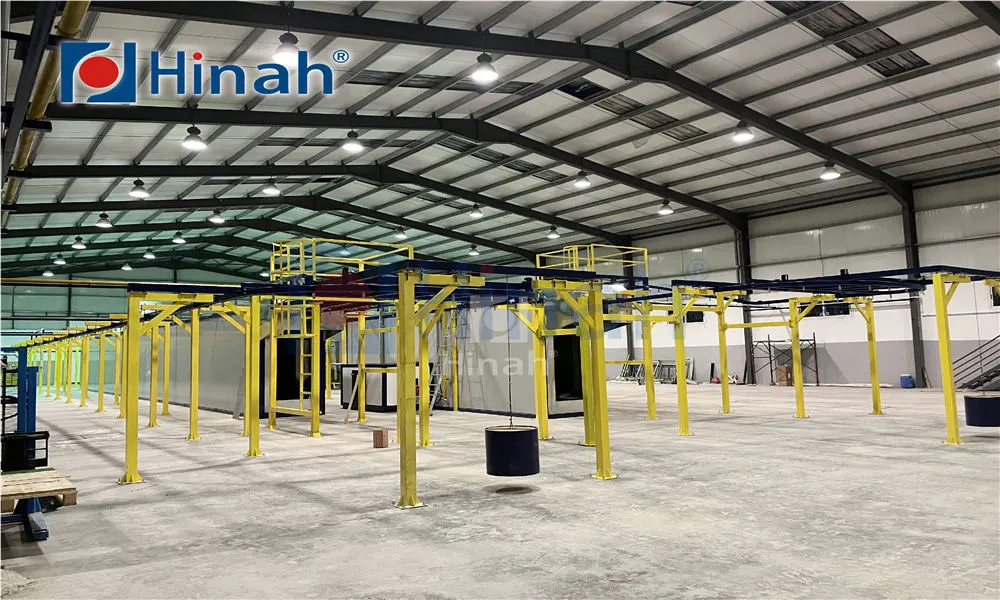Powder coating has become a popular finishing method across various industries due to its durability, efficiency, and environmental benefits. At the heart of this process lies powder coating equipment, which plays a crucial role in achieving high-quality results. Whether you're in manufacturing, automotive, or furniture production, understanding the intricacies of powder coating equipment can help you optimize your operations, reduce costs, and enhance product longevity. In this article, we will delve into five essential aspects of powder coating equipment, providing a comprehensive overview to guide your decisions. From the basic components to advanced features, we'll cover everything you need to know to make an informed choice. By the end, you'll have a clearer picture of how this equipment can transform your coating processes and why it's a worthwhile investment for many businesses.
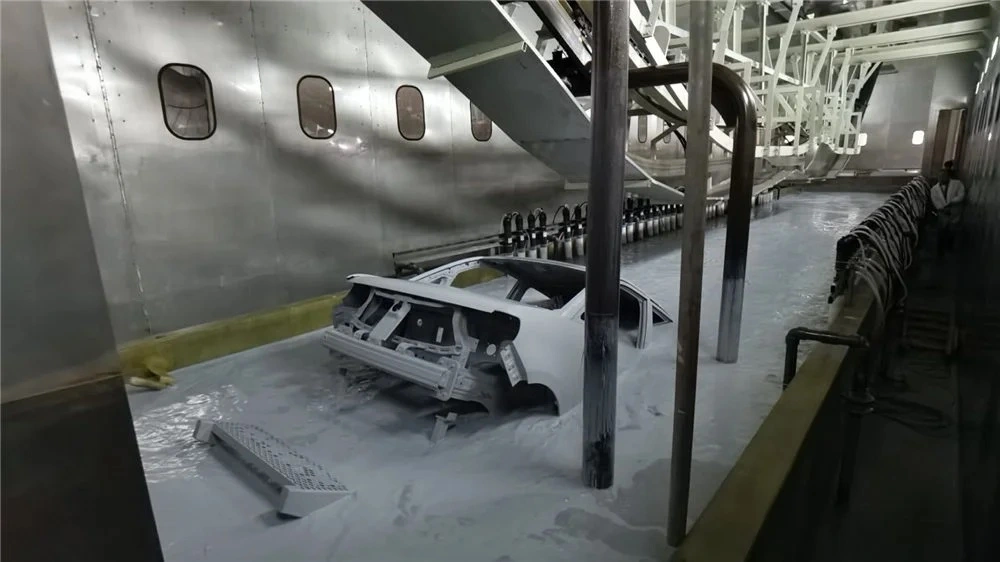
Understanding Powder Coating Equipment
Powder coating equipment refers to the machinery and tools used in the application of dry powder coatings to surfaces, typically metals, to create a protective and decorative layer. Unlike traditional liquid paints, powder coatings are applied electrostatically and then cured under heat, resulting in a hard, durable finish. The core components of powder coating equipment include spray guns, powder feeders, booths, ovens, and control systems. This equipment is designed to ensure even coverage, minimize waste, and comply with environmental regulations by reducing volatile organic compounds (VOCs). The evolution of powder coating equipment has led to innovations such as automated systems and eco-friendly options, making it suitable for both small workshops and large industrial setups. By grasping the fundamentals of powder coating equipment, users can better appreciate its role in modern manufacturing and maintenance processes.
Types of Powder Coating Equipment
When it comes to powder coating equipment, there are several types tailored to different applications and scales of operation. Understanding these varieties is essential for selecting the right setup. First, electrostatic spray guns are the most common, using charged particles to adhere powder to grounded objects. These can be manual or automatic, with the latter ideal for high-volume production. Second, powder booths contain overspray and facilitate recycling, with options like dry filter or cyclone recovery systems to reclaim unused powder. Third, curing ovens, which can be convection or infrared, bake the coated items to fuse the powder into a smooth film. Fourth, powder feeders and hoppers ensure a consistent supply of powder to the guns, with advanced models offering precise control for complex shapes. Lastly, pre-treatment systems, such as washers and chemical applicators, prepare surfaces by removing contaminants and improving adhesion. Each type of powder coating equipment serves a specific purpose, and combining them effectively can lead to superior finishes and operational efficiency.
How Powder Coating Equipment Works
The operation of powder coating equipment involves a series of steps that transform dry powder into a resilient coating. It begins with surface preparation, where the substrate is cleaned and treated to ensure optimal adhesion. Next, the powder coating equipment applies the powder using an electrostatic spray gun, which charges the particles, causing them to stick to the grounded object. This step is critical for achieving uniform coverage without drips or runs. After application, the coated item moves to a curing oven, where heat triggers a chemical reaction that melts and flows the powder into a continuous layer. The temperature and time in the oven depend on the powder type and material, typically ranging from 300°F to 400°F for 10-20 minutes. Throughout this process, powder coating equipment monitors parameters like airflow, voltage, and temperature to maintain consistency. Modern systems often include digital controls and sensors for real-time adjustments, ensuring high-quality results while minimizing human error. By understanding how powder coating equipment functions, users can troubleshoot issues and optimize their workflows for better productivity.
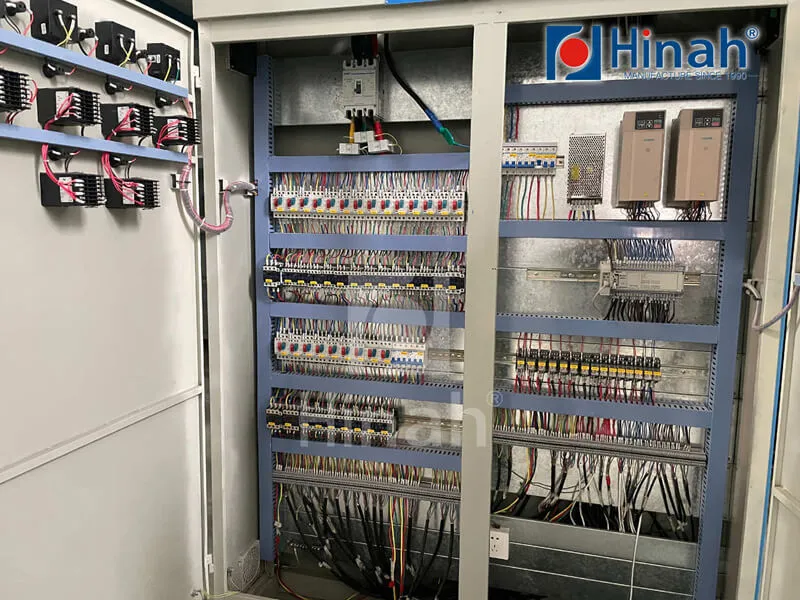
Benefits of Using Powder Coating Equipment
Investing in powder coating equipment offers numerous advantages that make it a preferred choice over traditional coating methods. One key benefit is durability; powder-coated surfaces resist chipping, scratching, and fading, leading to longer-lasting products. Additionally, powder coating equipment is highly efficient, with transfer rates exceeding 95%, meaning less waste and lower material costs compared to liquid paints. Environmental friendliness is another plus, as powder coatings contain no solvents and emit minimal VOCs, aligning with green initiatives. The versatility of powder coating equipment allows it to handle various materials, including metal, plastic, and wood, and it can produce a wide range of colors and textures. Safety is also enhanced, as powders are generally non-flammable and reduce the risk of fires. Moreover, automated powder coating equipment can increase production speed and consistency, making it ideal for large-scale operations. Overall, the benefits of powder coating equipment contribute to cost savings, improved product quality, and a smaller environmental footprint.
Choosing the Right Powder Coating Equipment
Selecting the appropriate powder coating equipment requires careful consideration of several factors to match your specific needs. First, assess your production volume; small businesses might opt for manual systems, while high-output facilities may need automated powder coating equipment with conveyor systems. Second, consider the types of items you'll coat—complex shapes may require guns with adjustable settings or multiple nozzles. Third, evaluate the available space, as powder coating equipment like booths and ovens can be large and need proper ventilation. Fourth, budget is crucial; while initial costs for powder coating equipment can be high, long-term savings from reduced waste and maintenance often justify the investment. Don't forget to factor in energy efficiency, especially for curing ovens, to lower operational expenses. Lastly, research brands and read reviews to ensure reliability and support. Testing powder coating equipment before purchase can also help verify performance. By taking these steps, you can choose powder coating equipment that enhances your workflow and delivers consistent, high-quality finishes.
Maintenance and Safety of Powder Coating Equipment
Proper maintenance and safety practices are vital for maximizing the lifespan and performance of powder coating equipment. Regular cleaning of spray guns, booths, and filters prevents clogs and ensures smooth operation. For instance, powder buildup in powder coating equipment can lead to uneven application or system failures, so schedule daily or weekly cleanings based on usage. Lubricating moving parts and inspecting electrical components can prevent breakdowns and reduce downtime. Safety-wise, always wear personal protective equipment (PPE) like masks and gloves when operating powder coating equipment to avoid inhalation of powder particles or skin contact. Ensure adequate ventilation in the workspace to disperse any airborne particles, and follow manufacturer guidelines for grounding to prevent electrostatic discharges. Training employees on the correct use of powder coating equipment is essential to avoid accidents and maintain efficiency. Additionally, keep a log of maintenance activities and repairs to track the health of your powder coating equipment. By prioritizing maintenance and safety, you can extend the equipment's life and create a safer working environment.
In conclusion, powder coating equipment is a versatile and efficient solution for achieving durable, high-quality finishes in various industries. By understanding its key aspects—from types and operation to benefits and selection criteria—you can make informed decisions that boost productivity and sustainability. As technology advances, powder coating equipment continues to evolve, offering even greater precision and eco-friendliness. Whether you're upgrading an existing setup or starting anew, investing in the right powder coating equipment can lead to significant long-term rewards.
Frequently Asked Questions About Powder Coating Equipment
Q1: What is the average lifespan of powder coating equipment?
A1: The lifespan of powder coating equipment typically ranges from 10 to 20 years, depending on usage, maintenance, and quality. Regular cleaning and timely repairs can extend its life, while heavy industrial use might require more frequent replacements.
Q2: Can powder coating equipment be used for non-metal surfaces?
A2: Yes, powder coating equipment can be adapted for non-metal surfaces like wood or plastic, but it often requires special pre-treatment and low-temperature curing powders to prevent damage to the substrate.
Q3: How much does it cost to set up a basic powder coating system?
A3: The cost for a basic powder coating equipment setup can start from $5,000 to $20,000, including a spray gun, booth, and small oven. More advanced systems with automation can exceed $50,000, depending on features and scale.
Q4: What safety measures are necessary when operating powder coating equipment?
A4: Key safety measures include wearing PPE, ensuring proper ventilation, grounding equipment to prevent static discharge, and following manufacturer instructions. Regular training and hazard assessments are also crucial to minimize risks.
Q5: Is powder coating equipment environmentally friendly?
A5: Yes, powder coating equipment is generally environmentally friendly because it uses powders with no or low VOCs, produces minimal waste due to high transfer efficiency, and allows for recycling of overspray, reducing overall environmental impact.


